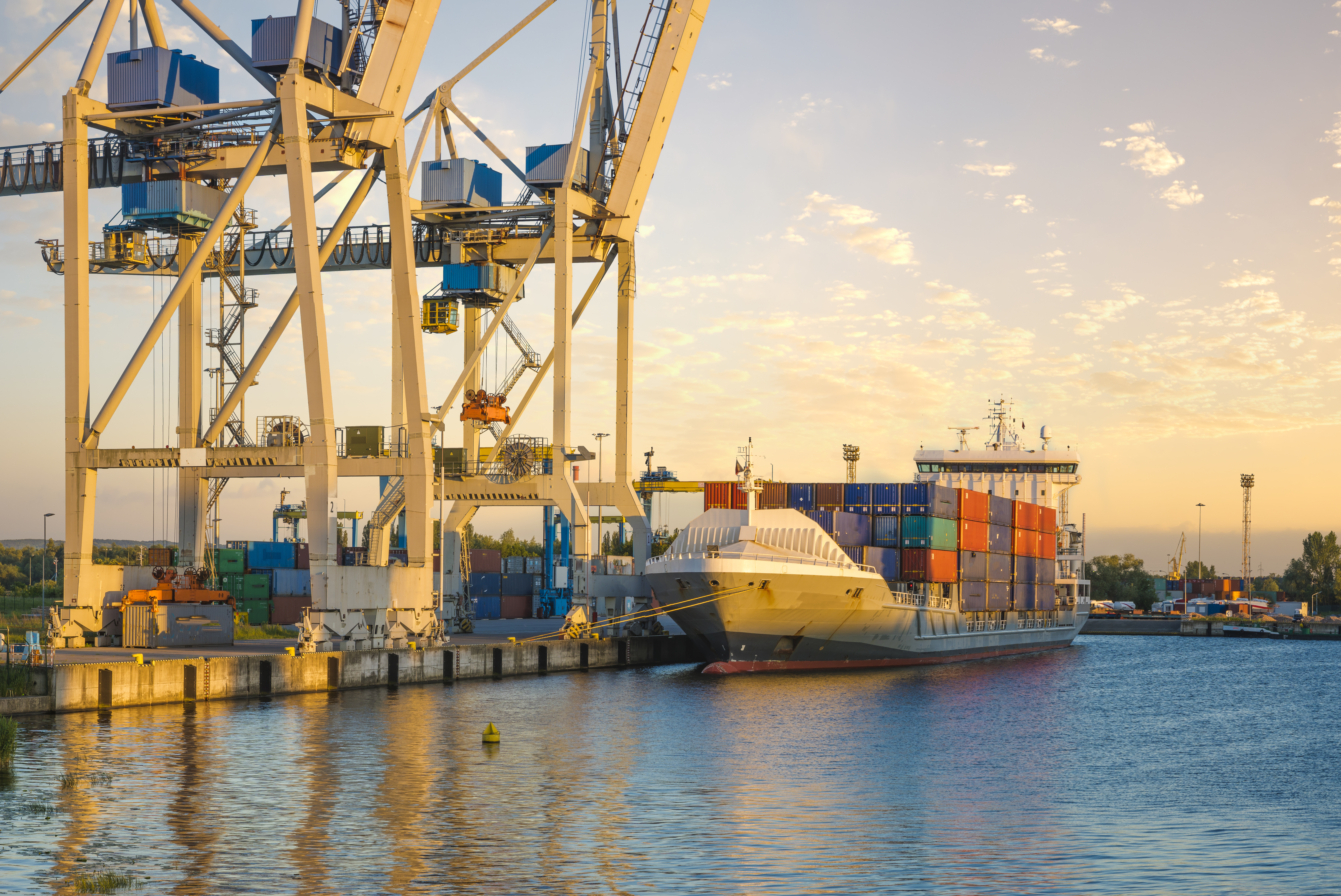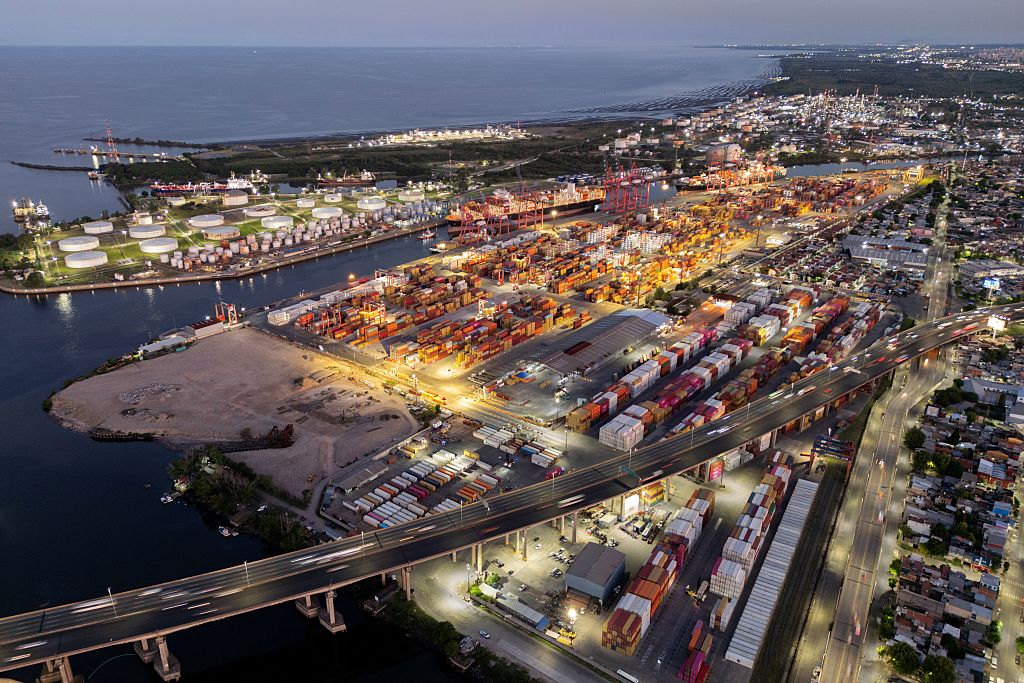Canadian Minister David Emerson's Remarks to COA
Canadian Minister David Emerson's Remarks to COA
David L. Emerson, Canadian Minister of International Trade, addessed COA on May 2, 2007.
NOTES FOR AN ADDRESS BY THE HONOURABLE DAVID L. EMERSON, MINISTER OF INTERNATIONAL TRADE, TO THE COUNCIL OF THE AMERICAS
I appreciate the opportunity to offer Canada’s perspective on greater cooperation throughout the Americas.
I’d like to begin by acknowledging the excellent work of the Council of the Americas in nurturing cohesion and a greater sense of community throughout the Americas.
Canada appreciates the critical role you are playing. And we particularly appreciate it as we turn our attention to strengthening hemispheric social, economic and political links.
Because of our long history of friendship and cooperation with the United States, and our position in the great North American partnership with the U.S. and Mexico, you could be forgiven for thinking that Canadian interests end there.
I can assure you they do not. Prime Minister Stephen Harper has made it very clear that Canada’s interests and strategic vision reach well beyond that.
We also see ourselves as part of a larger, hemispheric family; a family of states committed to common goals—complementary goals like democracy, security and prosperity.
Prosperity requires a vibrant business environment. Business relies on a free, secure and rules-based society. And prosperity provides the foundation for creating jobs, wealth and opportunity for our citizens.
Let’s not forget, there is no greater way to reduce poverty than through the opportunities made available by a strong economy.
That’s why Canada is committed to predictable and transparent regulatory and legal environments. That’s why we’re committed to effective and accountable governance structures. And that’s why we’re committed to sharing security responsibilities in support of freedom, security and prosperity in the Americas.
And it’s also why we want to play an active, positive role through the Organization of American States (OAS), the Inter-American Development Bank and the Summit of the Americas process.
Within the OAS, for example, Canada’s government is working with our partners to help Haiti break the destabilizing cycle of violence and poverty.
We’ve committed half a billion dollars in development assistance for Haiti over the next five years.
And we’ll continue to focus our efforts on helping its citizens build a better, safer and more prosperous future.
Canada also supports the OAS Declaration on Security in the Americas. We believe that security is closely linked to economic development, democracy and freedom. We are committed to working with our partners on security challenges in the region.
Action by governments and governmental institutions, like the OAS, to promote freedom, security and democracy are critical. But it’s not enough; it has to be supported by economic cooperation.
It’s those thousands of daily business interactions that invigorate and strengthen the economies of the region. And it’s the web of personal and business relationships that add depth and durability to bilateral relationships.
Canadians have had strong and well-established business links to Latin American and Caribbean nations for over a century.
Whether it’s mining, power generation, education and financial services, oil and gas, or telecommunications, Canadians and Canadian companies have been there on the ground, in communities and in the countryside.
Last year, our exports to the region [excluding North America] reached $5.6 billion—an increase of 13.9 percent over the previous year—while imports to Canada totalled $13 billion.
As is increasingly true in the global economy, much of this trade has been driven by two-way investment, by international supply chains.
Canadian investment in the region has tripled over the last decade and now stands at nearly $100 billion in accumulated stock in South America and the Caribbean.
In some South American countries, Canada is among the top investors. And Canadian companies, as good corporate citizens, are stepping up their social and environmental commitments where they invest and operate.
The recent acquisition of Canadian mining giant Inco by Brazilian-owned CVRD [Companhia Vale do Rio Doce] is a case in point. That single transaction created one of the top three diversified mining companies in the world and boosted the stock of investment from Brazil to approximately $23 billion.
Nevertheless, the level of commercial interaction to date remains a fraction of the massive potential—the potential of a young demographic, of a growing middle class, of rising GDP, of abundant natural resources, and of new and exciting technologies.
Canada salutes the efforts of Latin American and Caribbean nations to emerge from the economic shocks of the last decade.
We salute the progress of countries, like Chile and Mexico, in opening their economies and negotiating free trade agreements with partners around the world. And we salute the success of countries like Brazil in becoming more deeply engaged in global commerce.
It’s clear that, as a hemispheric community, we’re building the trade and investment links, the Pan-American supply chains and value-creation networks that will assure our security and prosperity well into the future.
We are seeing the emergence of integrated and globally competitive commercial platforms—platforms that are fundamentally rooted in the Americas.
In the Canada-U.S. case, this process is well advanced. Nearly $2 billion is traded each day. Our businesses work together so seamlessly that 34 percent of our bilateral trade is “intra-firm,” and over 77 percent is “intra-industry.”
When Canada and the United States joined with Mexico, we created the single-largest free trade zone in the world. NAFTA has brought massive increases in trade and investment levels with Mexico since the Agreement was signed.
And we can point to Brazil’s incredible transformation. We expect to double Canada-Brazil trade and investment by 2012.
Similarly, our free trade agreement (FTA) with Chile will be celebrating its tenth anniversary this July. In fact, Canada was one of Chile’s very first FTA partners.
This year also marks the fifth anniversary of the entry into force of our FTA with Costa Rica.
And we recently signed a Foreign Investment Promotion and Protection Agreement with Peru.
The great value of trade and investment liberalization is that it is not a zero sum game. Regardless of the size and level of development of economies, there are enormous opportunities for mutual gain—for building prosperity and for reducing poverty.
But there is another compelling reason to build stronger trade and investment linkages: it’s called globalization.
Globalization
Globalization is here, it’s upon us, and as Thomas Friedman says, “like it or hate it, it’s not going away.”
You’d be hard pressed to find a sector or community in any of our nations that is not feeling the effects of globalization.
Clearly, the pressure of stiff global competition, and the challenges of surviving in a world of incredibly efficient and competitive supply chains rooted in places like China, India, and the EU, are changing the way we do business.
We have no choice but to respond. Inward-looking protectionism is the proverbial “finger in the dike.” It offers soothing short-term containment, but the dike ultimately gives way. It’s not a viable strategy.
At many levels—bilateral, trilateral, multilateral—we’re beginning to transform our history as neighbours, partners and friends into economic opportunity for our people.
Canada believes that being part of the Americas is a potentially huge competitive advantage.
As a group, we have an opportunity to create a competitive, integrated Western Hemispheric platform for trade and investment.
By working together and combining our strengths, we can all be stronger and more competitive.
Canada is responding to globalization with a global commerce strategy. Within that strategy, the Prime Minister has made the Americas a top priority.
We’re committed to re-engaging relationships with our friends and partners throughout the hemisphere—in the United States, in Mexico, in the Caribbean and in Central and South America.
Our government’s economic plan, Advantage Canada, commits and articulates a strategy for strengthening the foundation of our success—the North American platform.
Through NAFTA, we’ve created powerful, integrated business networks within North America. Now we’re working on a range of initiatives that will bring the Mexican, U.S. and Canadian economies even closer together.
Through the Security and Prosperity Partnership initiative, through incremental improvements to NAFTA, and through the development of transportation and logistical improvements, We will create an even more efficient and open platform that will draw more business to—and through—North America.
But we’re also committed to reaching out to our friends and partners throughout the Americas to create new trade and investment agreements that will further energize and expand our business relationships.
We’re working to conclude our FTA negotiations with the Central America Four: El Salvador, Guatemala, Honduras and Nicaragua.
We’re also committed to achieving free trade with the Dominican Republic, the countries of the Andean Community—Colombia and Peru in particular—and the Caribbean Community (CARICOM).
Discussions with each of these partners have been very productive, and we expect to be in a position to launch FTA negotiations in 2007.
I would be remiss if I did not place my remarks today in the context of the Doha Round of WTO talks.
Canada is a strong supporter of the WTO and the Doha Round. We want an ambitious outcome to these negotiations.
We believe the WTO provides the essential framework for open and fair world trade and commerce. We need this framework and we need to build on it, strengthen it and improve it.
But we are also seeing the emergence of huge trading blocs in Europe and in Asia, and we are seeing a proliferation of bilateral trade deals of varying quality around the world.
No country can stay on the sidelines and see their exporters disadvantaged by what others are doing. Canada is no different. Regardless of Doha, we believe regional trade arrangements should continue to build on the WTO framework to deepen commercial ties among various clusters of countries.
Canada must, and will respond with its own regional and bilateral trade agenda. And the Americas are a key priority.
Over the coming year, you’ll see a new commitment on Canada’s part to reach out to our partners in the Americas.
Our focus is cooperation to make our hemisphere stronger—politically, socially and economically.
Conclusion: Setting an example
We all recognize that there are countries attempting to slow—or resist—globalization and international cooperation.
Canada believes that we can set an example. We have a chance to prove that cooperation is the best path to prosperity, the best path to opportunity, and the best path to the reduction of poverty.
We need to move on a number of fronts. We need a vigorous program of development assistance. And we need to promote democracy, human rights and the rule of law.
Canada believes that the countries of the Americas can be more than the sum of our individual parts.
Let’s look to our future not through the narrow lens of nationalism. Let’s take a wider hemispheric perspective.
Let’s recognize that the road ahead will be bumpy. But we should commit to the journey. Consistently and persistently, let's move forward, one step at a time.
Canada is committed. We are committed to putting the Americas on a successful trajectory for the future—a trajectory toward a safe, prosperous and secure future for individuals, families and communities throughout the Hemisphere.








